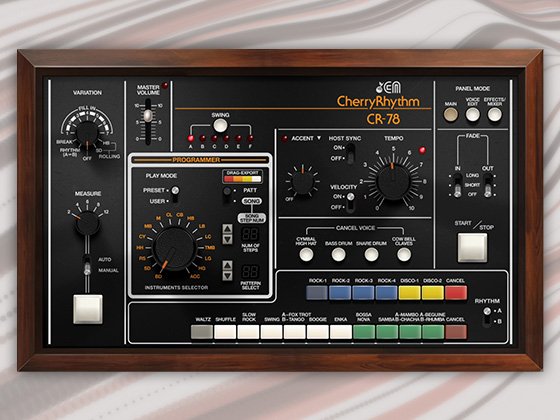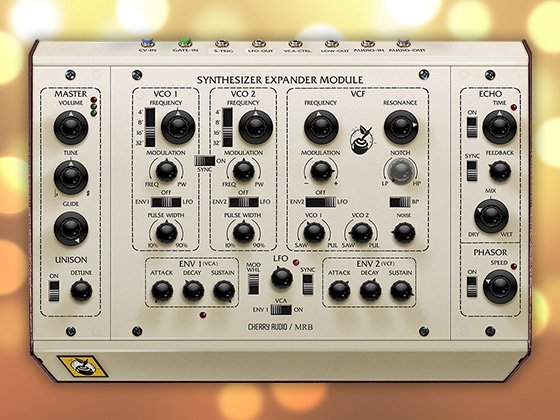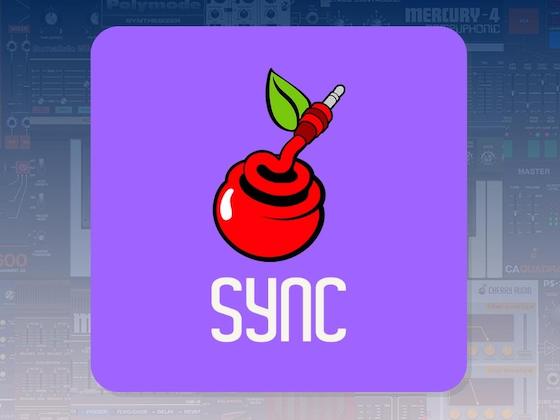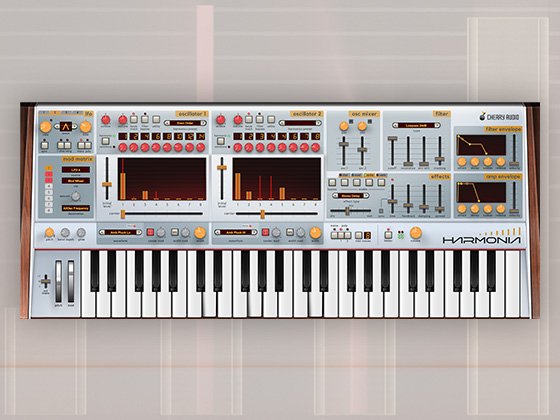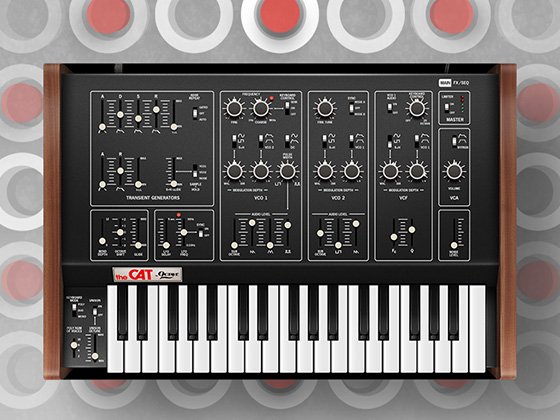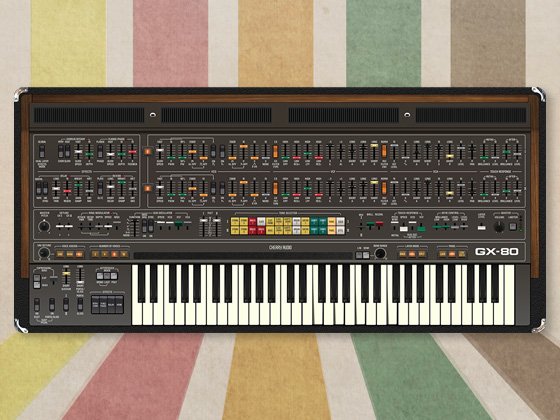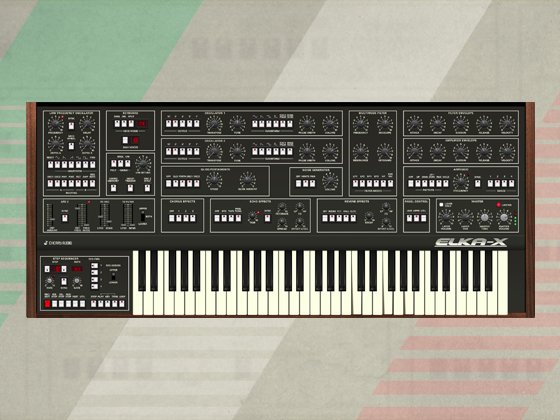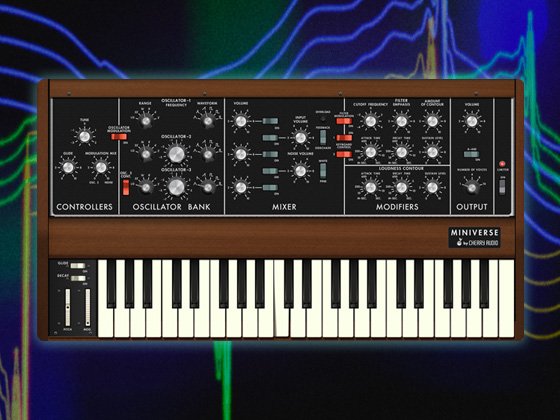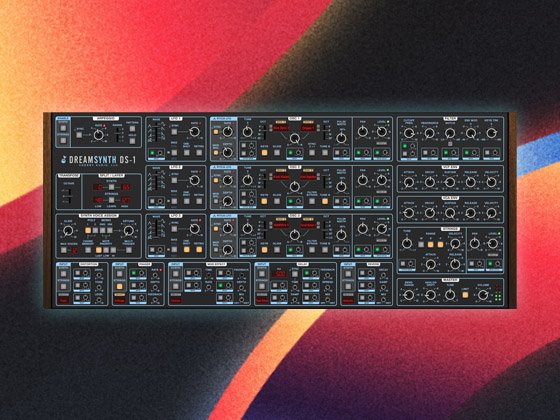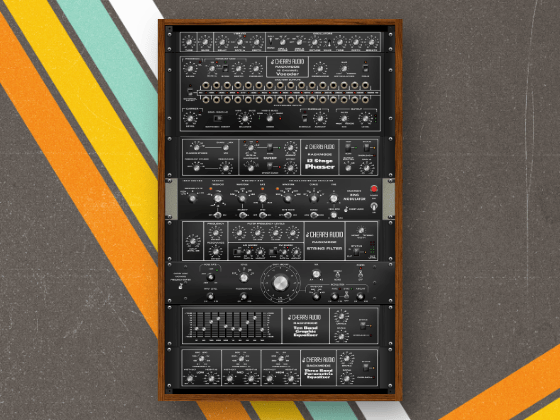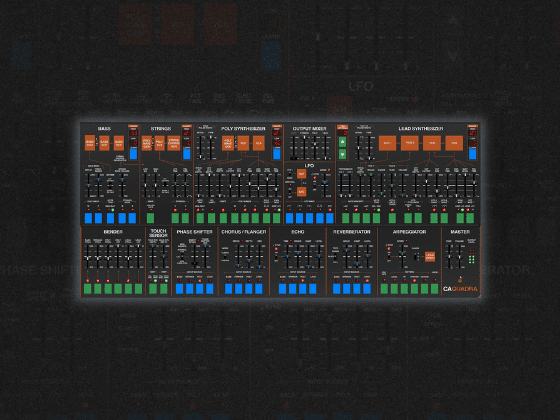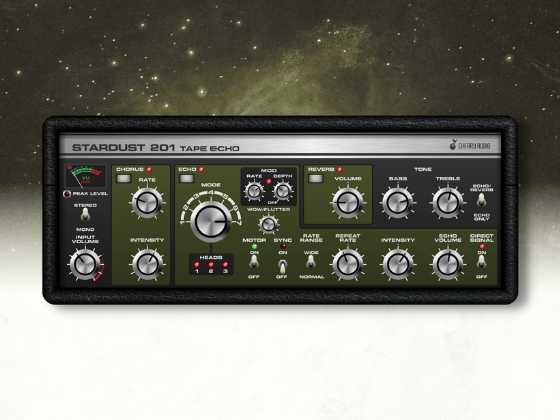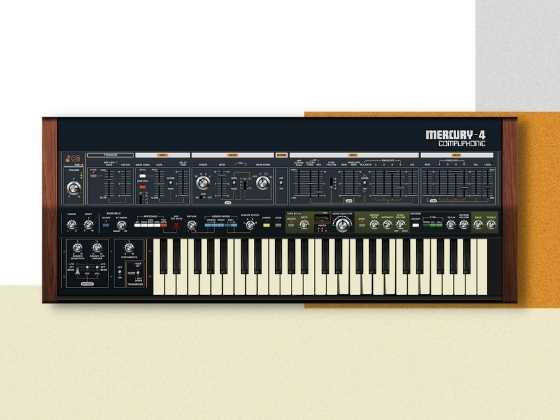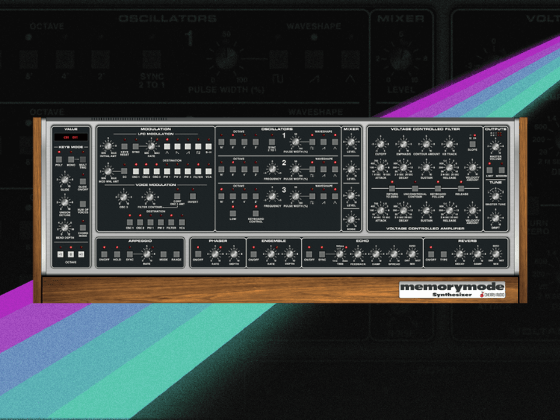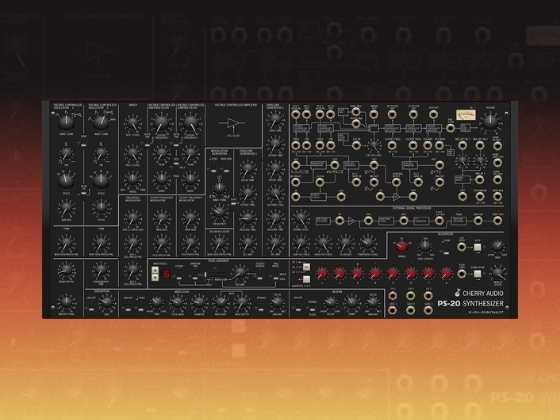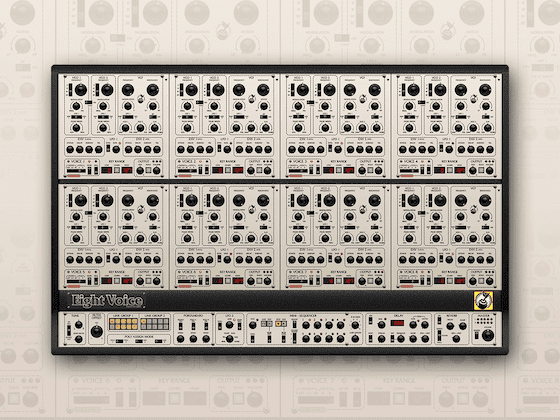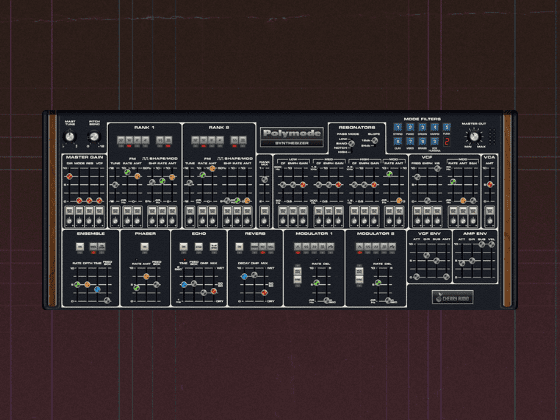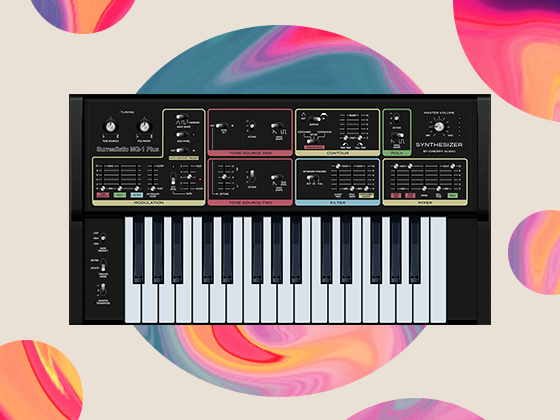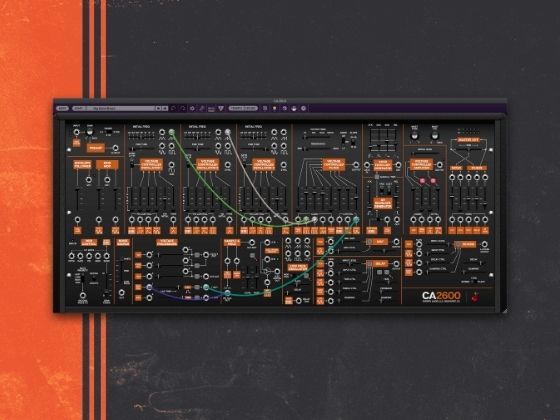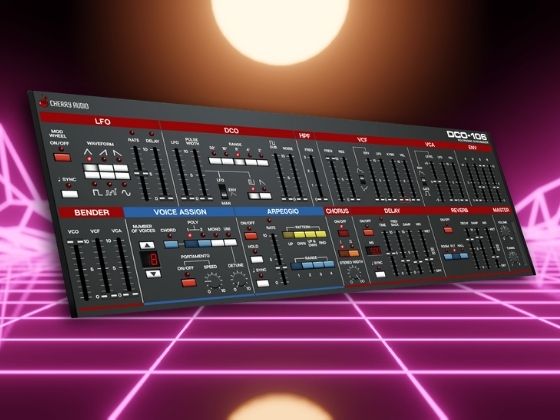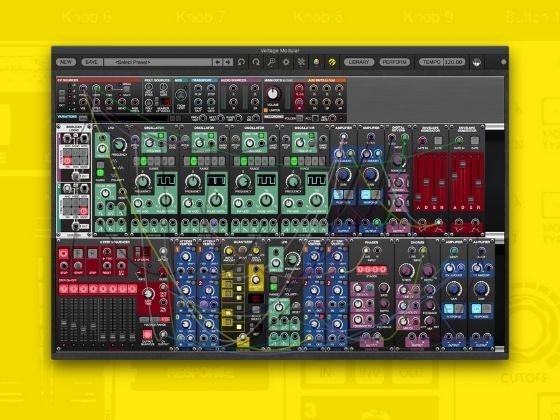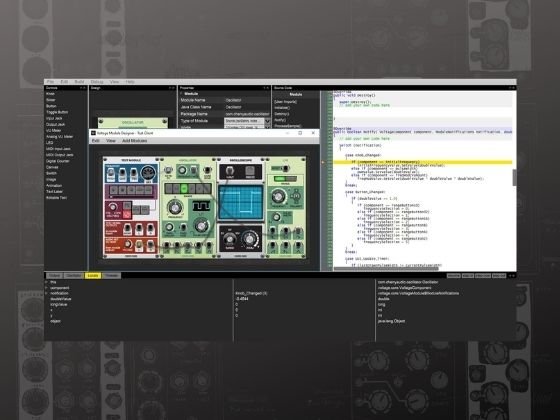Manufacturer: Weevil X R_Ware
$10.00
WEEVIL X R_WARE
IT IS ALL NOISE
Dual Noise Sequencer turns NOISE into a SEQUENCER! TRIGGERED!!!
Noise is every value at once. Literally a random string of values that can potentially contain every solution to every question ever asked right next to hours of radio static at the same time. Somewhere in there lies the perfect sequence for your patch: Go find it!
Quiz: What's better than one sequencer? ..3..2..1.. CORRECT! Two Sequencers! That's why Dual Noise Sequencer is a dual sequencer with two independent sequencer lines. Both lines can run on their own of course, but the fun starts if you start cross-patching! How about triggering the second sequencer when the first sequencer has reached the end of its cycle? How about one sequencer triggering the Random Seed Generator of the other sequencer to produce an endless set of sequences? Or how about modulating the density of one sequence by another sequence? Dual Noise Oscillator has the answer to all of these questions somewhere in between all that NOISE!
Manual
NOTE: Both sequencers have equal controls, inputs and visualizers. Therefore the manual describes one sequencer for simplicity's sake. However, everything mentioned here applies to both sequencers.
INPUTS
TRIGGER
The TRIGGER input extracts triggers from all sorts of input signals. Of course, using a trigger signal produces the most predictable results.. but a little randomness never hurt nobody! Try all sorts of signals to convert oscillations into triggers. The TRIGGER input will sense a trigger if the input signal is greater than 0.0 V. The trigger is held until the input signals reaches 0.0 V (or lower) again. This is perfect for literal triggers, but also gates and all other signals that cross 0.0 V. Pro-Tip: the TRIGGER label doubles as a trigger button!
RESET
Reset the sequence with the RESET input. Like the TRIGGER input this input can transform just about anything into a reset trigger as long as the input signal crosses 0.0 V. Pro-Tip: the RESET label doubles as a reset button!
LENGTH
Set the length of the sequence from 1 step up to 64 steps. The currently set number of steps is displayed on the knob. Pro-Tip: the LENGTH label doubles as a button that randomizes the LENGTH knob value! The CV input located below the LENGTH knob can be used to modulate the length of the sequence.
SEED
This button generates a new SEED for the Random Number Generator that determines the active steps of the sequence! Each button press creates a new world of rhythms for you to EXPLORE...
EXPLORE
With the EXPLORE knob you can browse through the steps a single SEED generates. You can use this button to nudge a sequence back and forth or simply explore the rhythmic intricacies of your current SEED. Pro-Tip: the EXPLORE label doubles as a button that randomizes the EXPLORE knob value! The CV input located below the EXPLORE knob can be used to modulate the current position of exploration. Modulating this control moves the sequence back and forth according the signal input.
DENSITY
Set the DENSITY of the sequence from sparse with few to no active steps all the way up to dense and all-steps-active sequences! Pro-Tip: the DENSITY label doubles as a button that randomizes the DENSITY knob value! The CV input located below the DENSITY knob can be used to modulated the DENSITY of the sequence. Go from few to many steps and backs over time to add energetic movement to your rhythms!
OUT
This output emits a TRIGGER signal every time the sequence reaches an active step. A trigger is also indicated by a brief flash of the small LED at the top left of the output.
EOS
The End-Of-Sequence (EOS) output emits a TRIGGER signal every time the sequence reaches its end and wraps back to the first step. An EOS trigger is also indicated by a brief flash of the small LED at the top left of the output. Pro-Tip: use the EOS trigger of one sequencer to trigger the next sequencer!
Visualizer
The big step display visualizes the current sequence. White steps are active steps whereas grey steps are in-active. The red indicator on a step shows the current step that is output. Every fourth step is slightly taller to show groups of 4 steps for quick-glance-grasp of the sequence's rhythm. Pro-Tip: the SEQUENCE label on top of the visualizer doubles as a button that randomizes the parameter of the corresponding sequencer (SEED, LENGTH, EXPLORE, and DENSITY)!


























